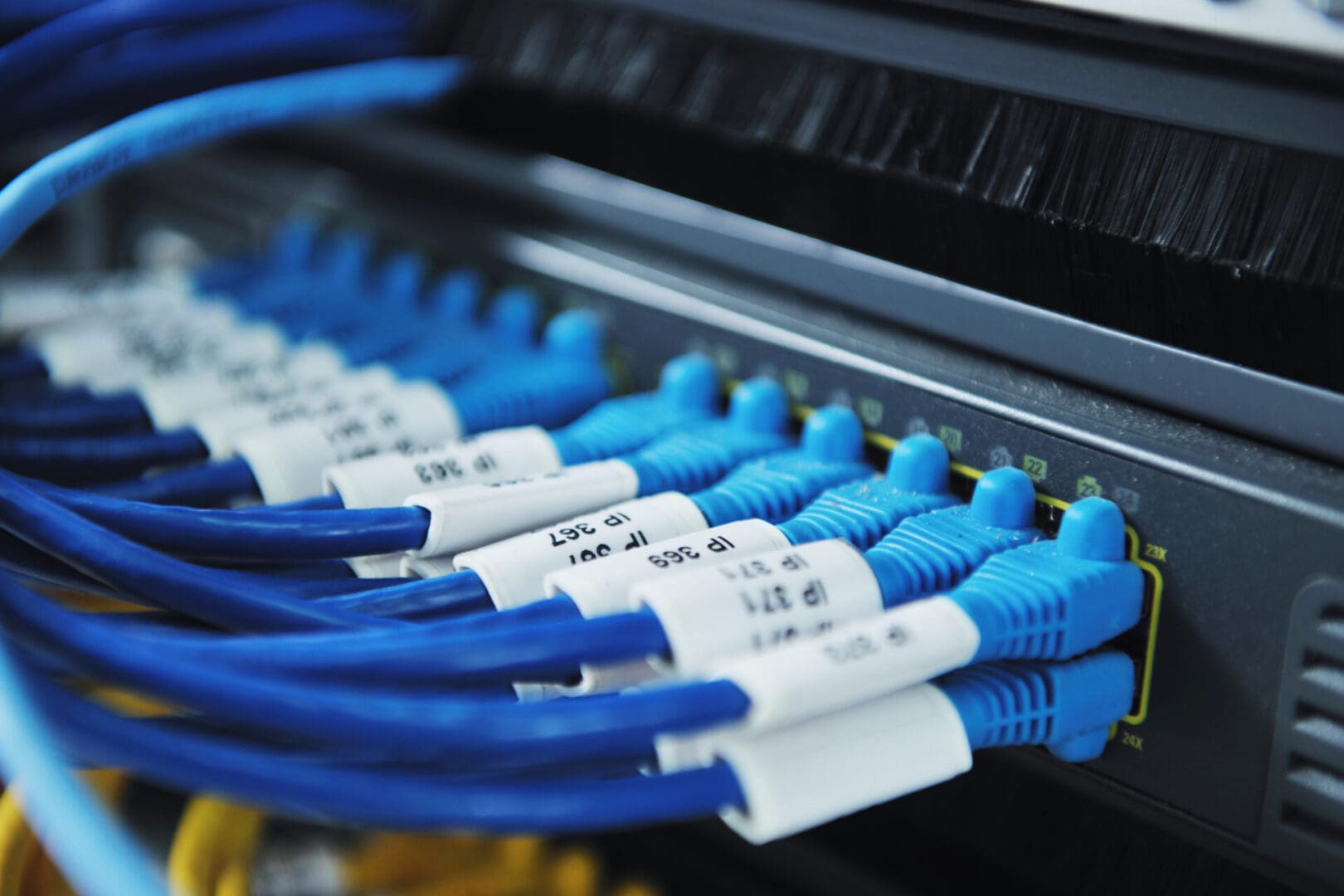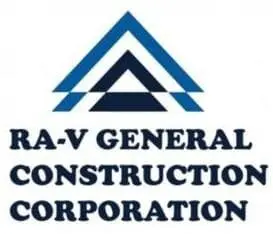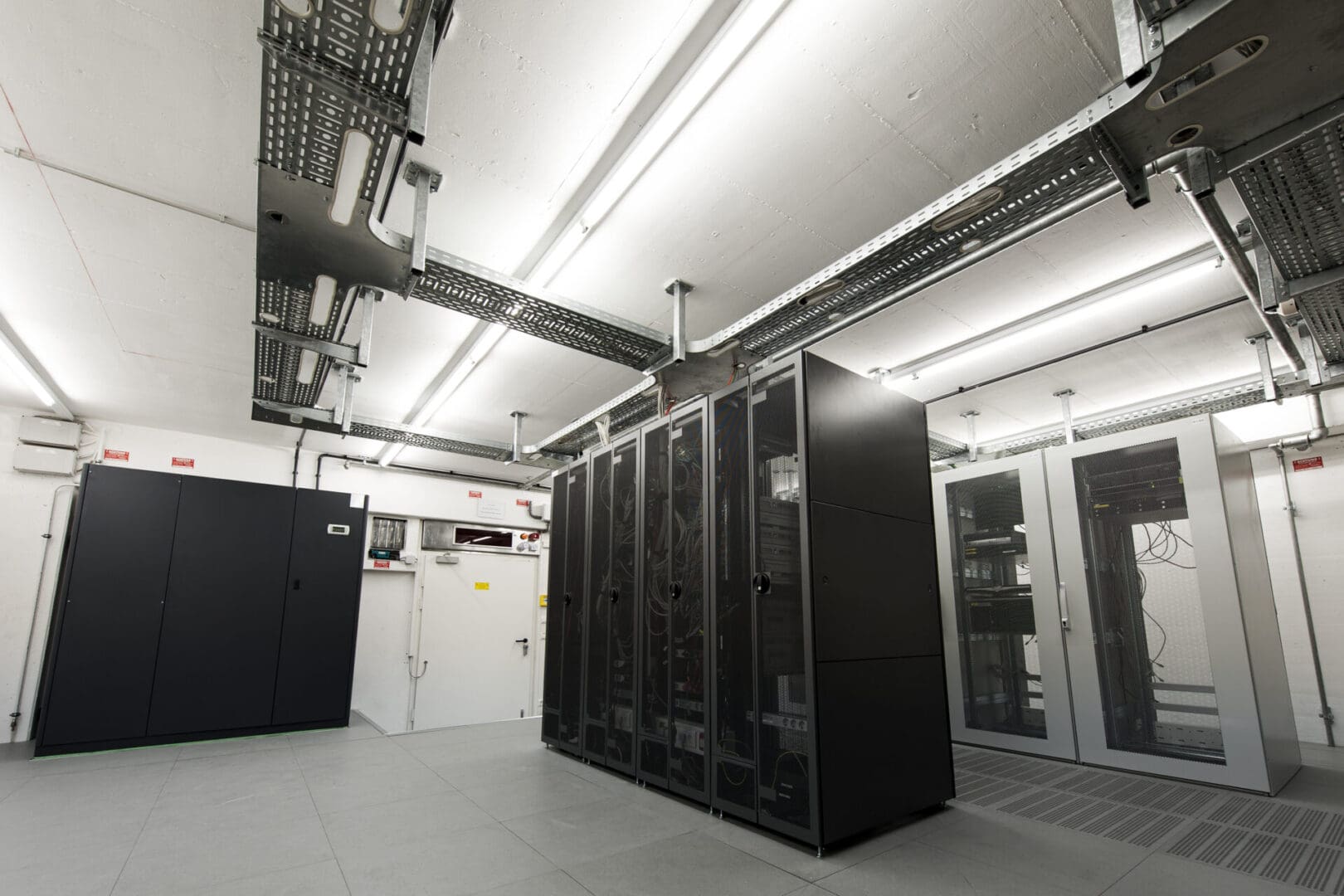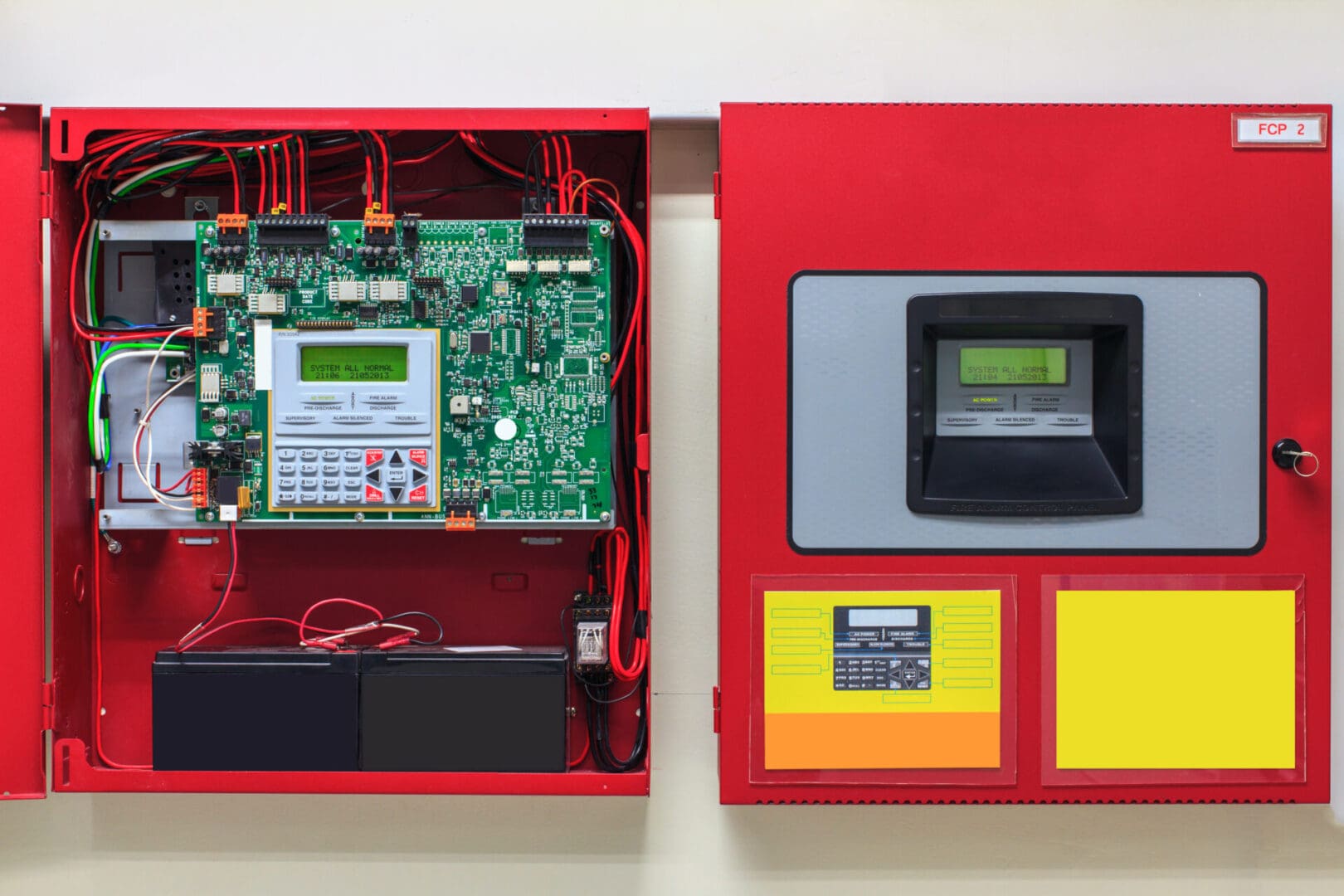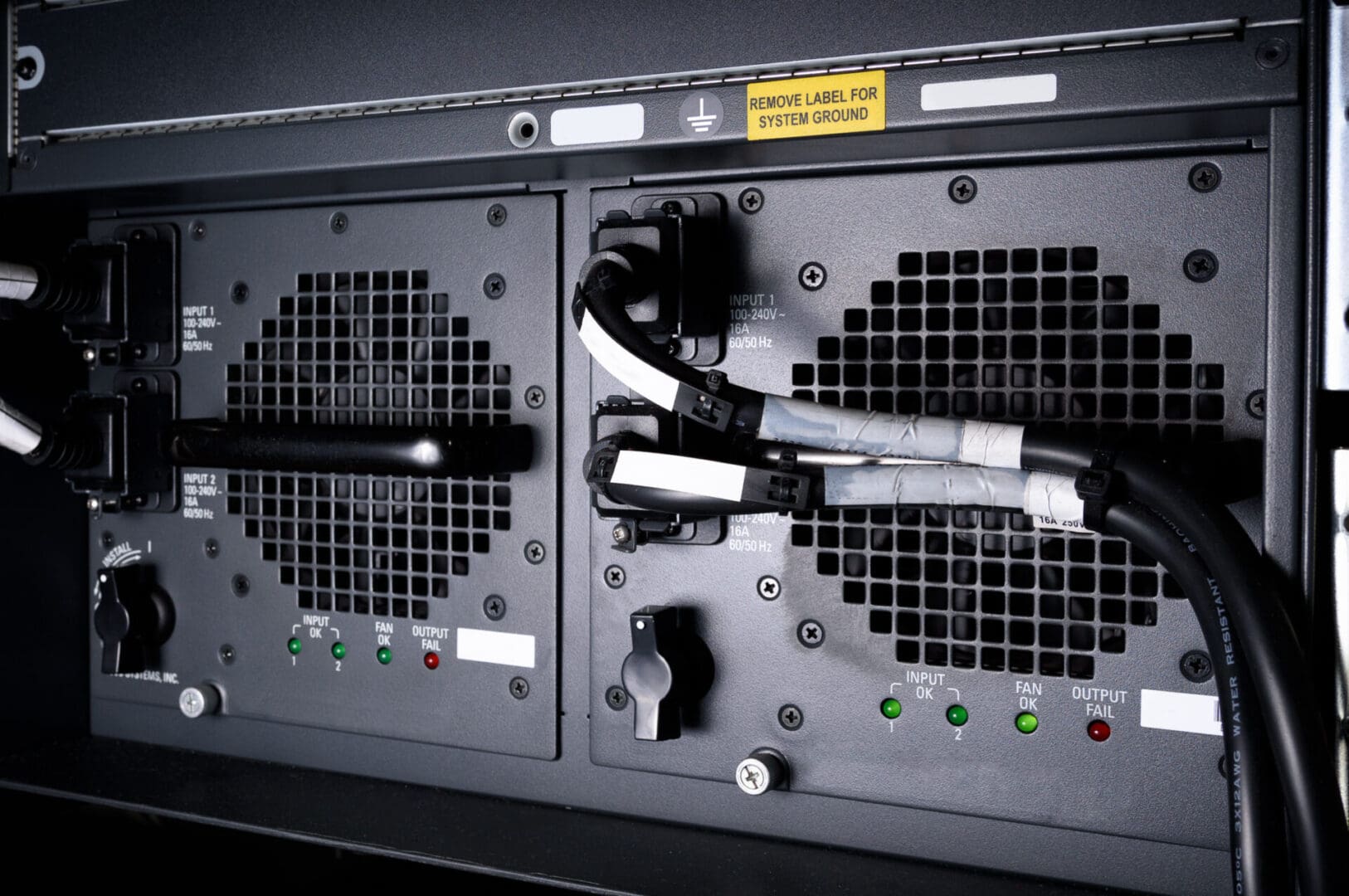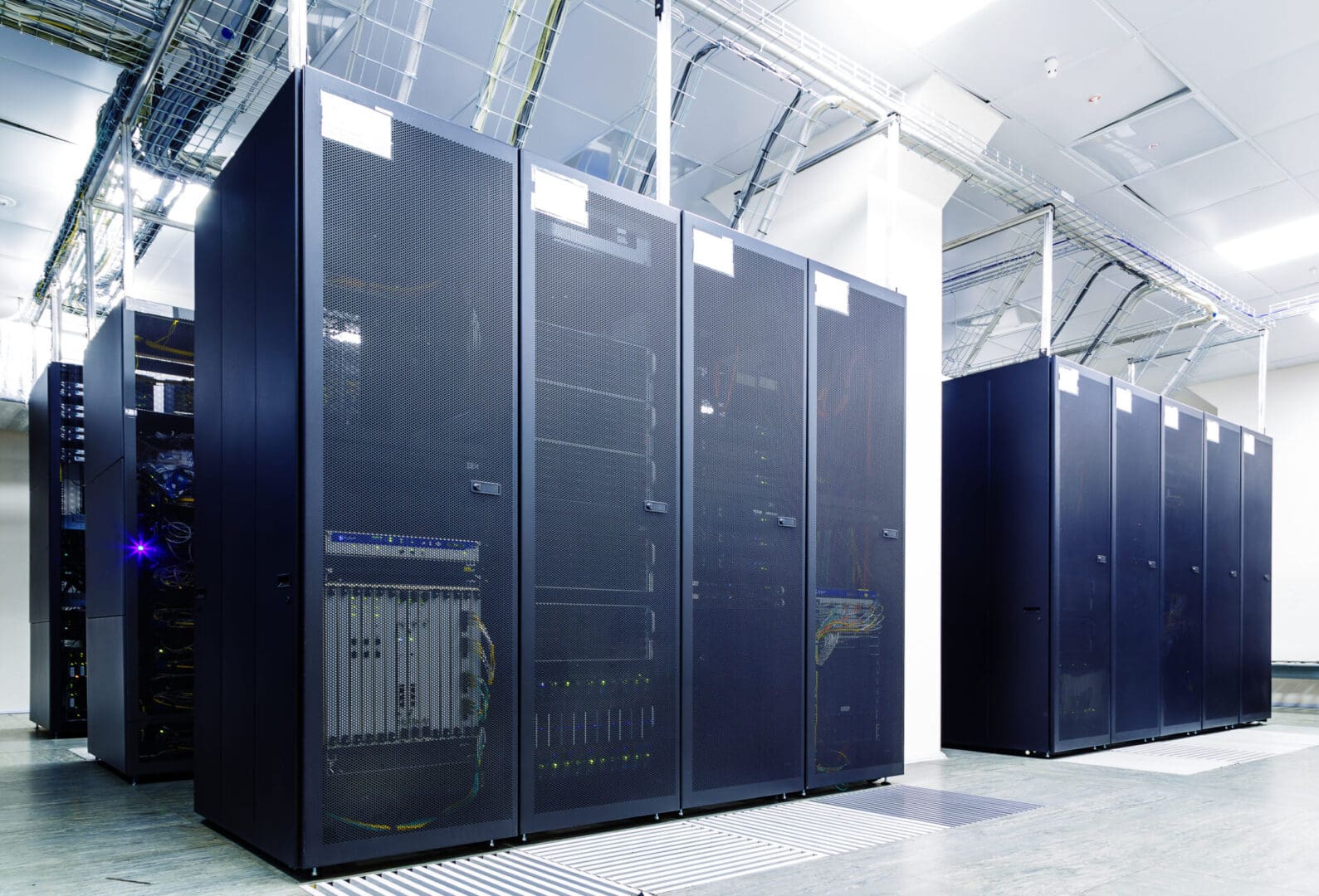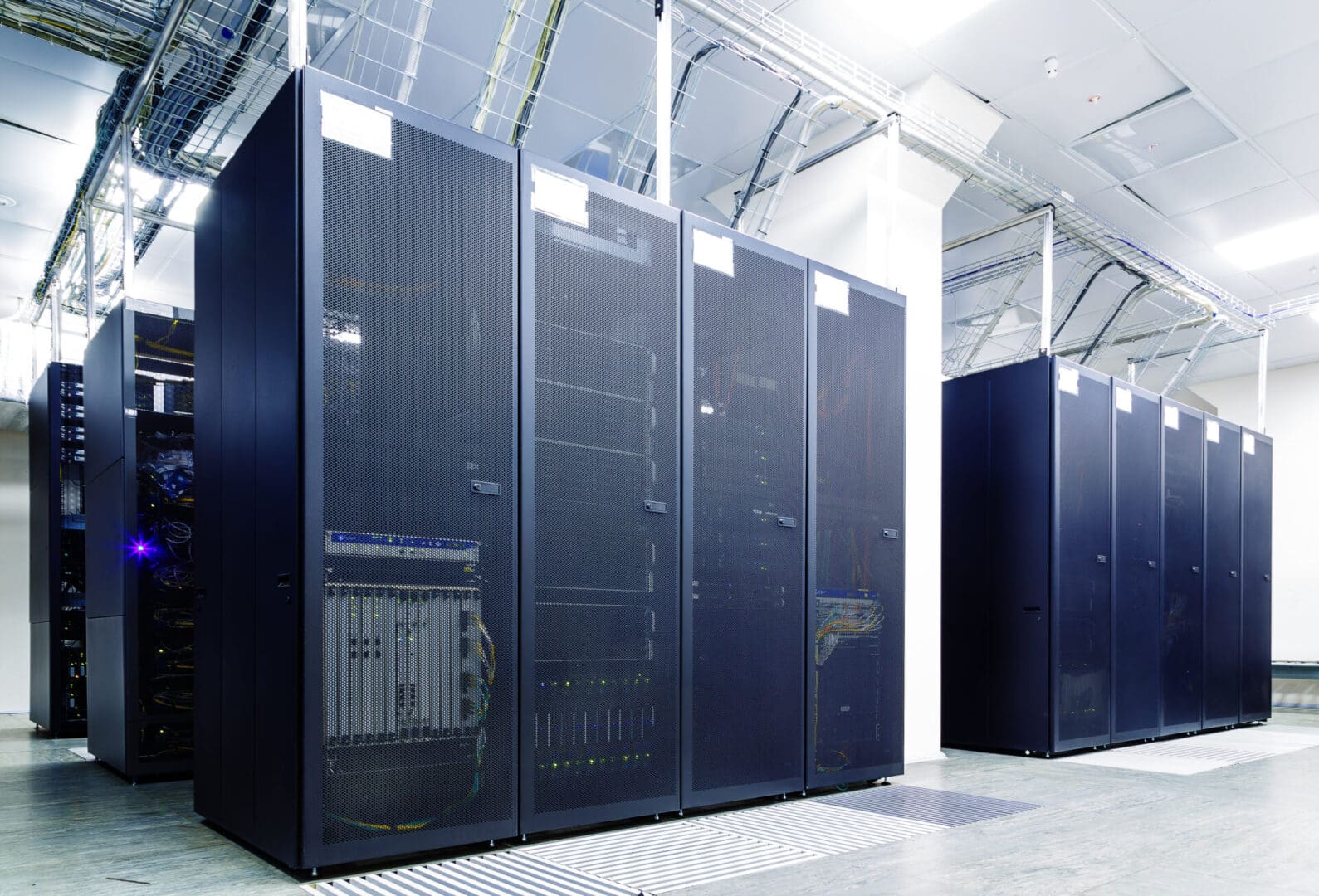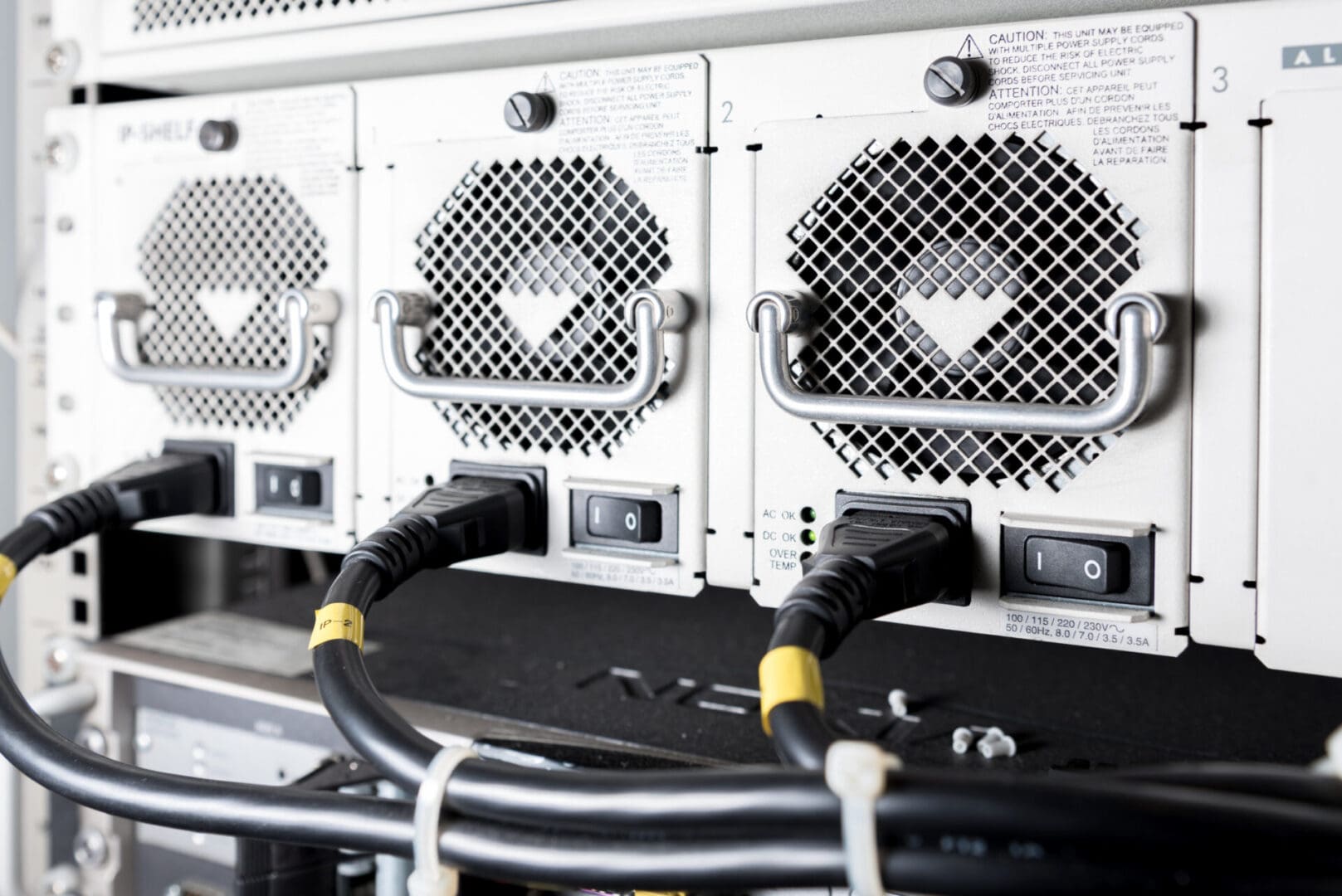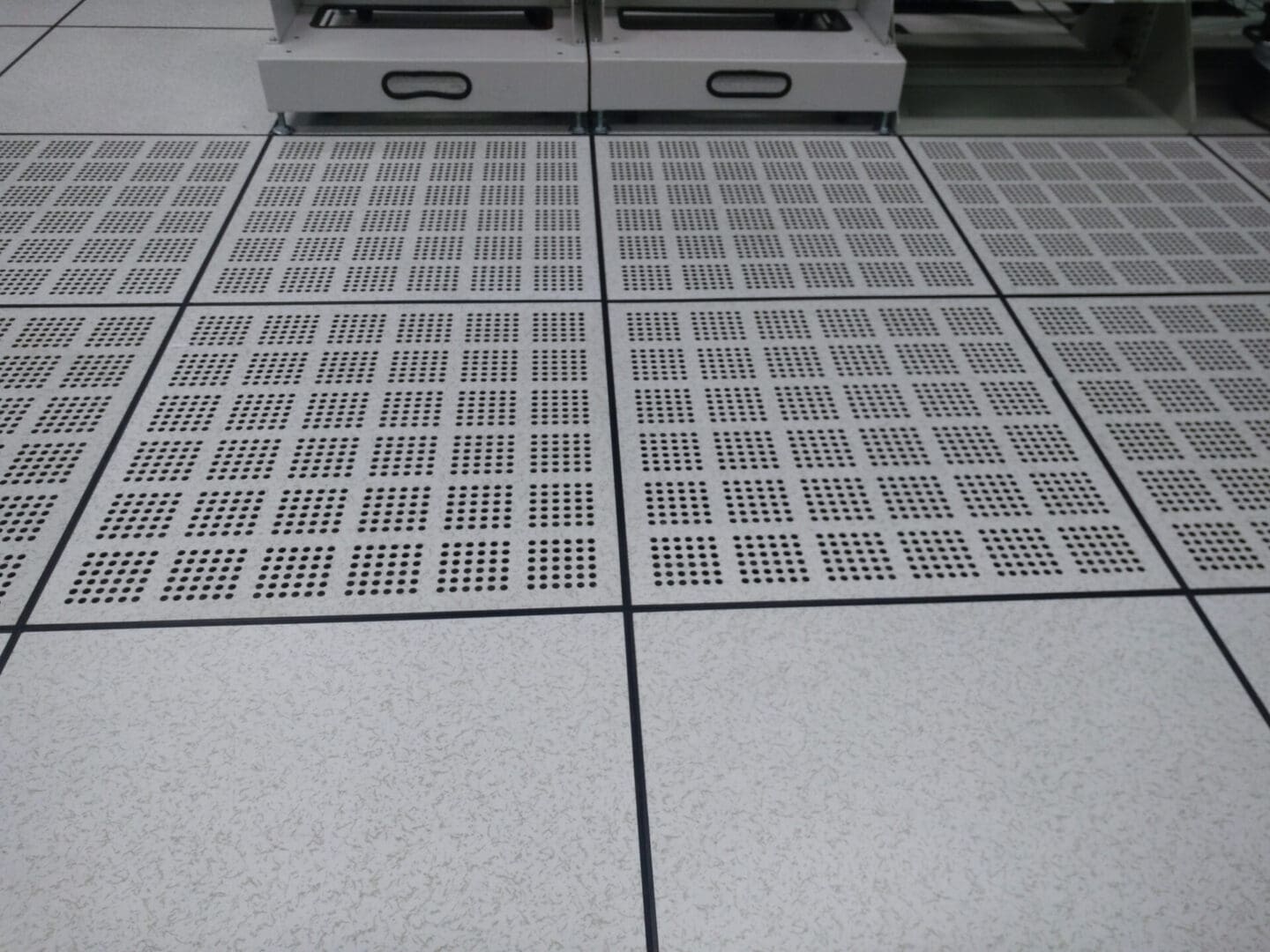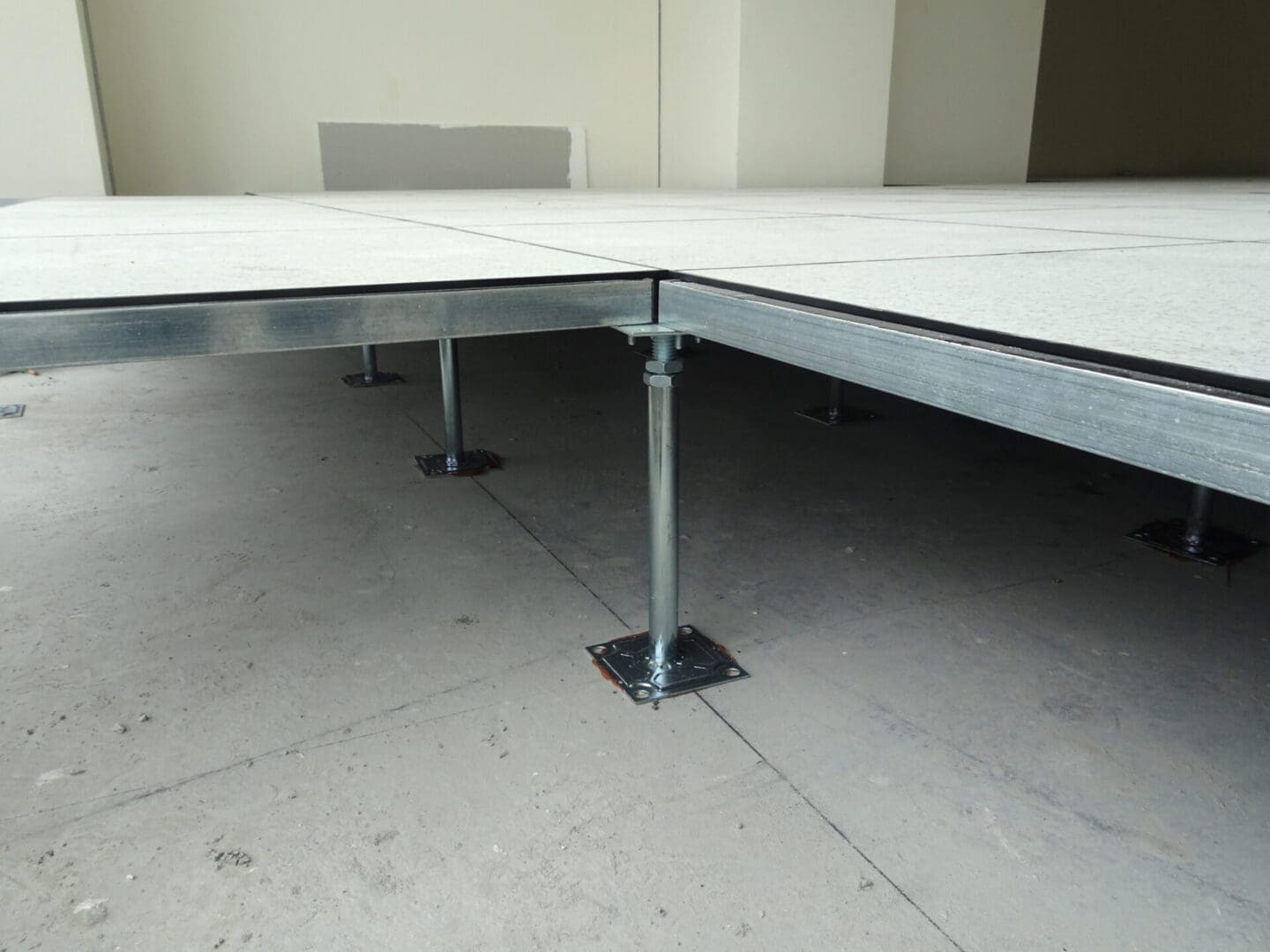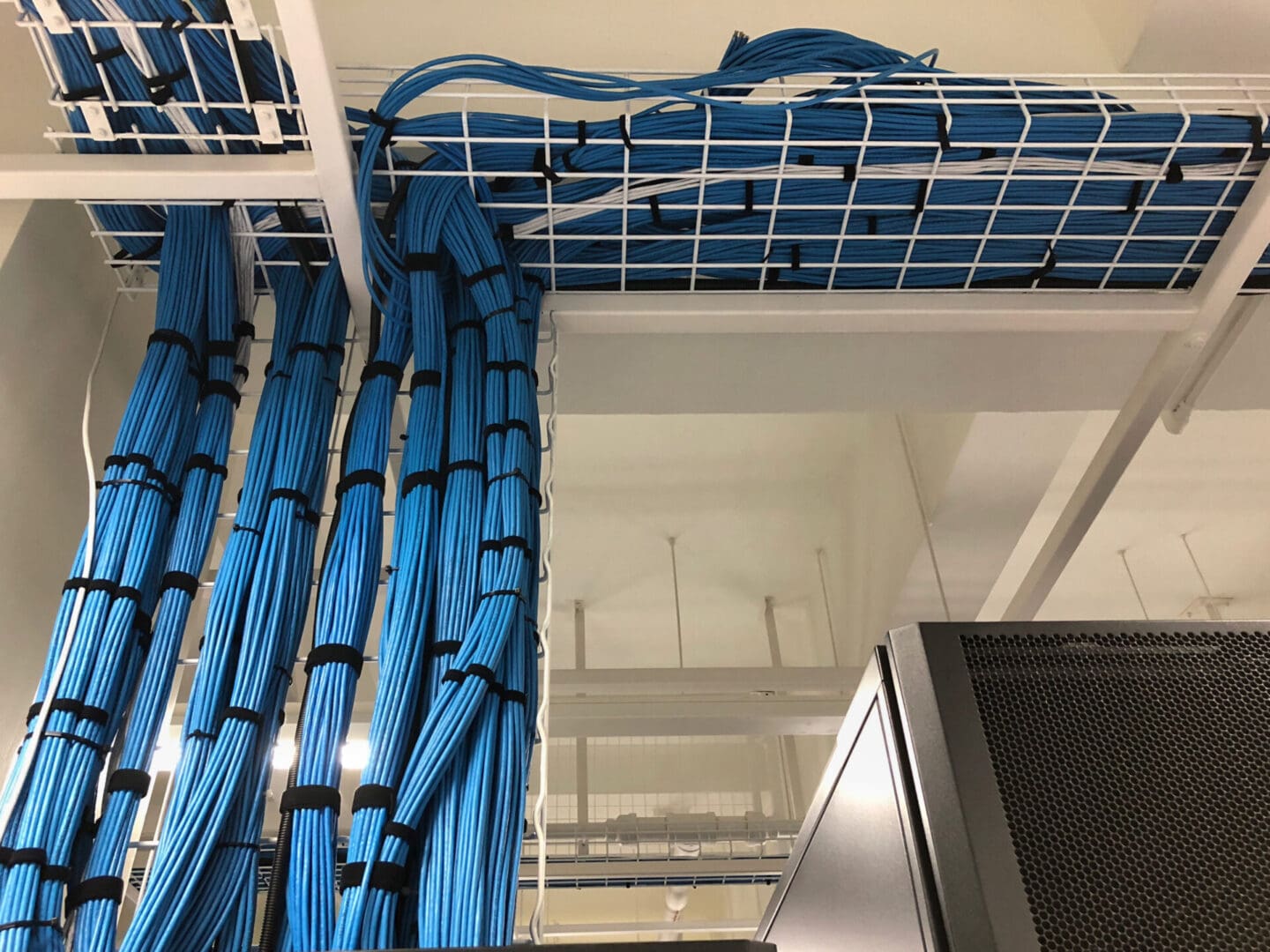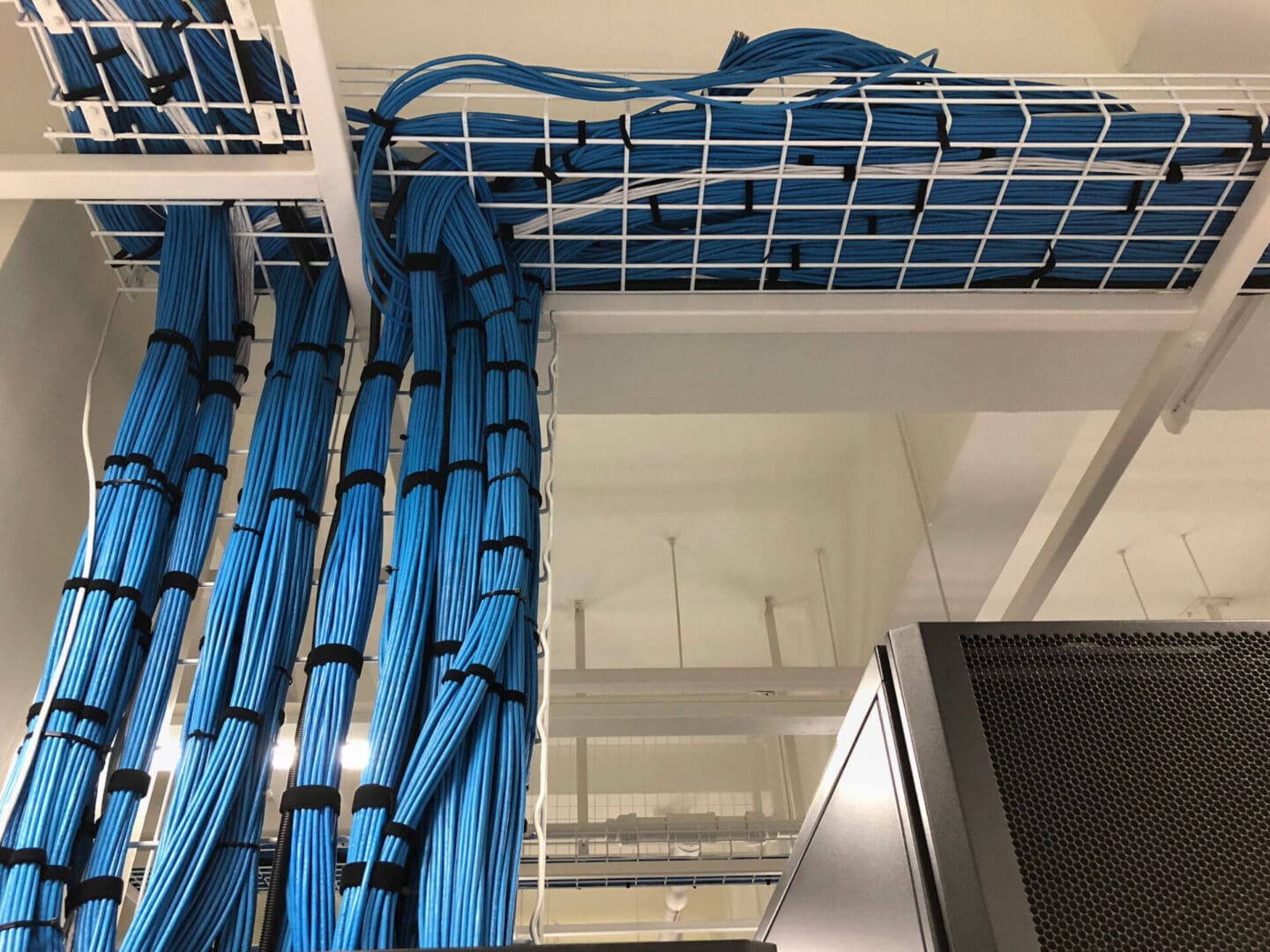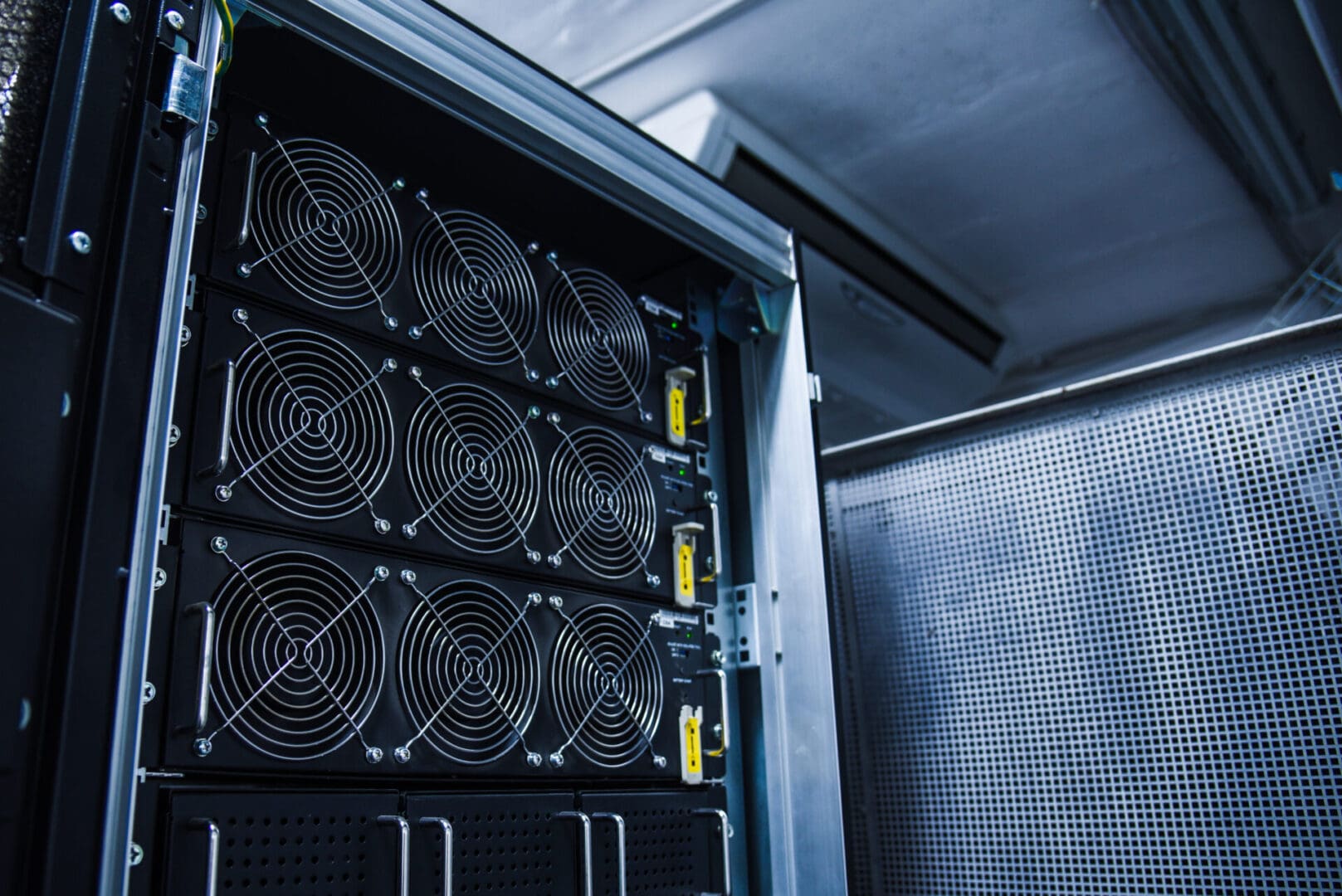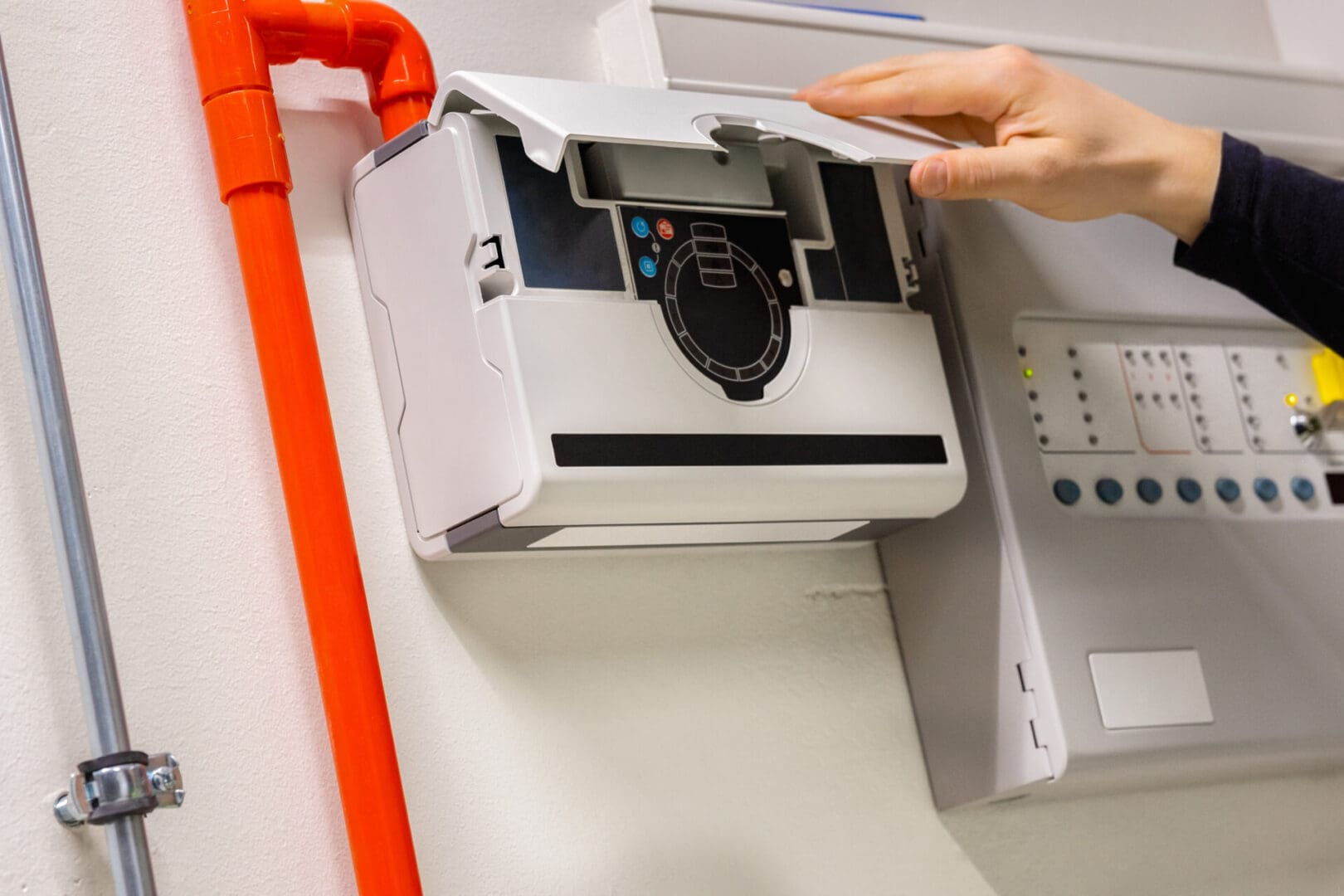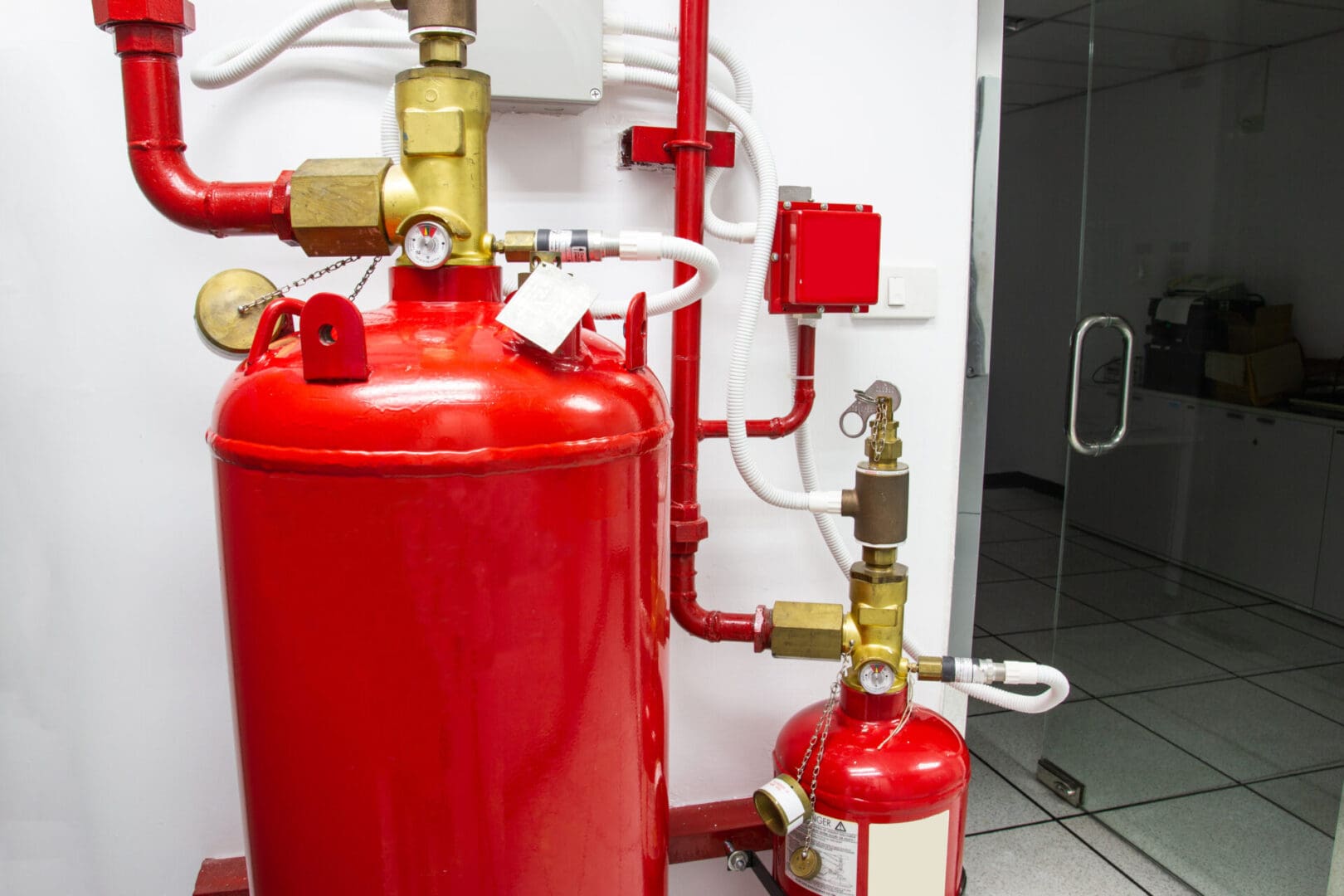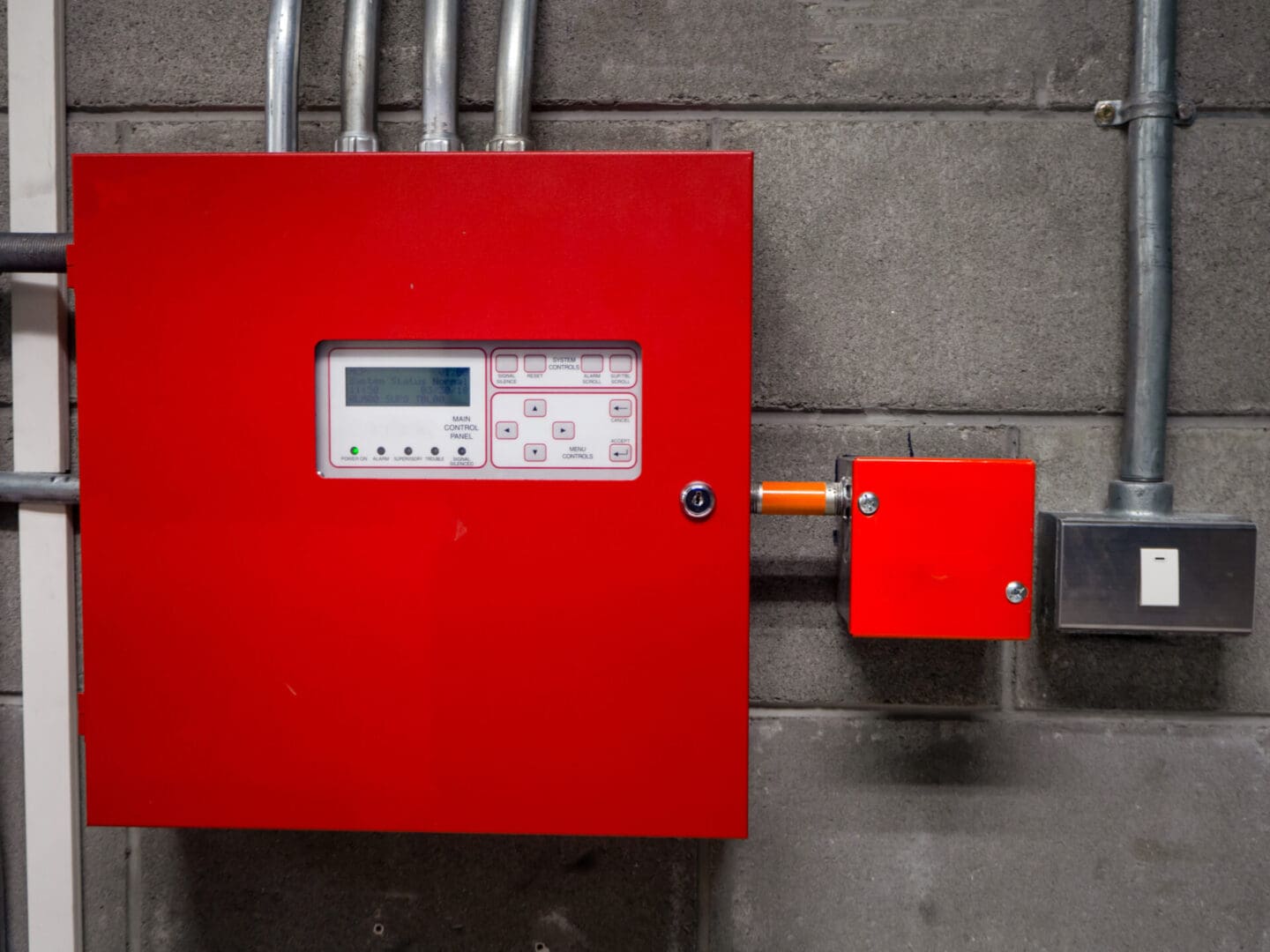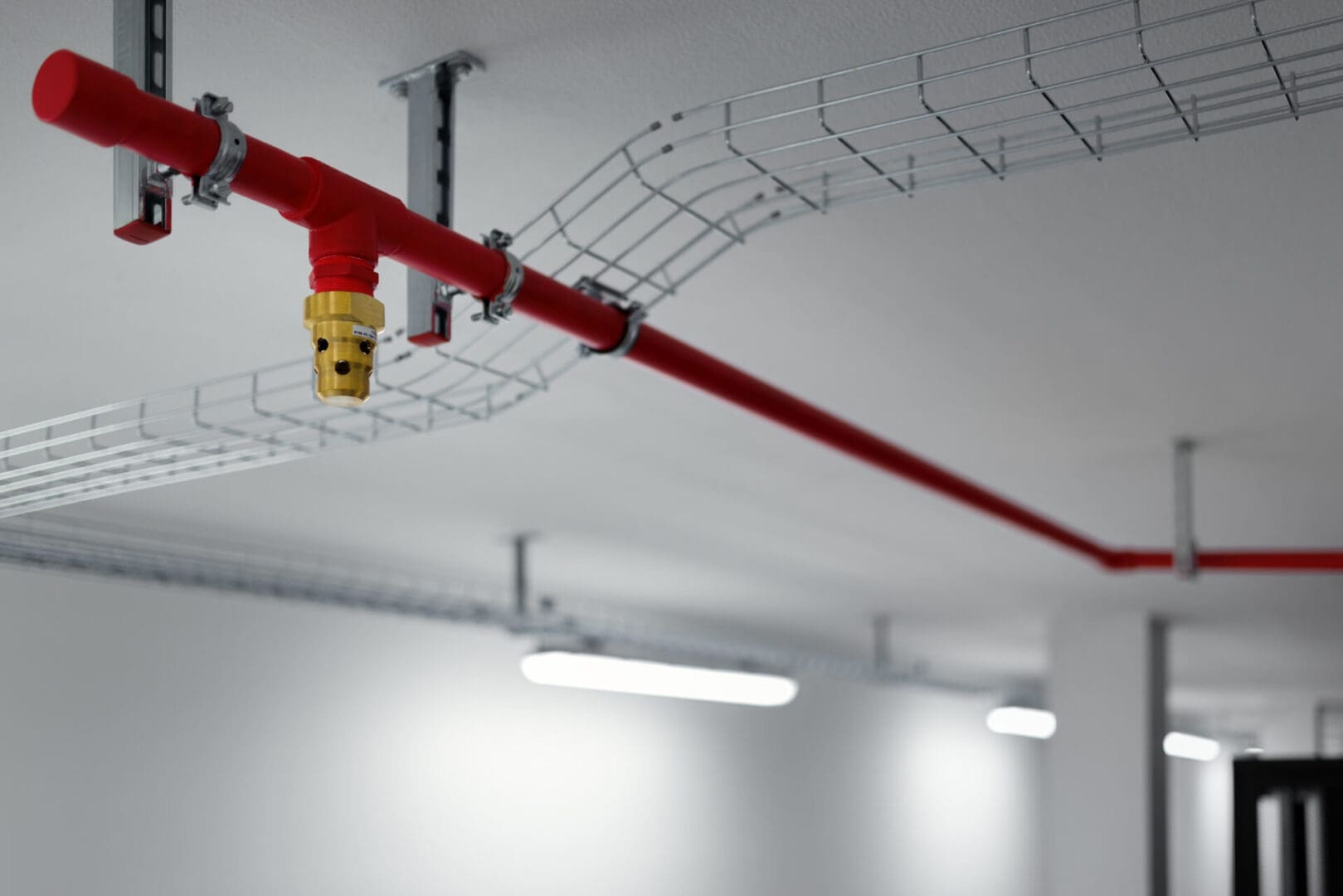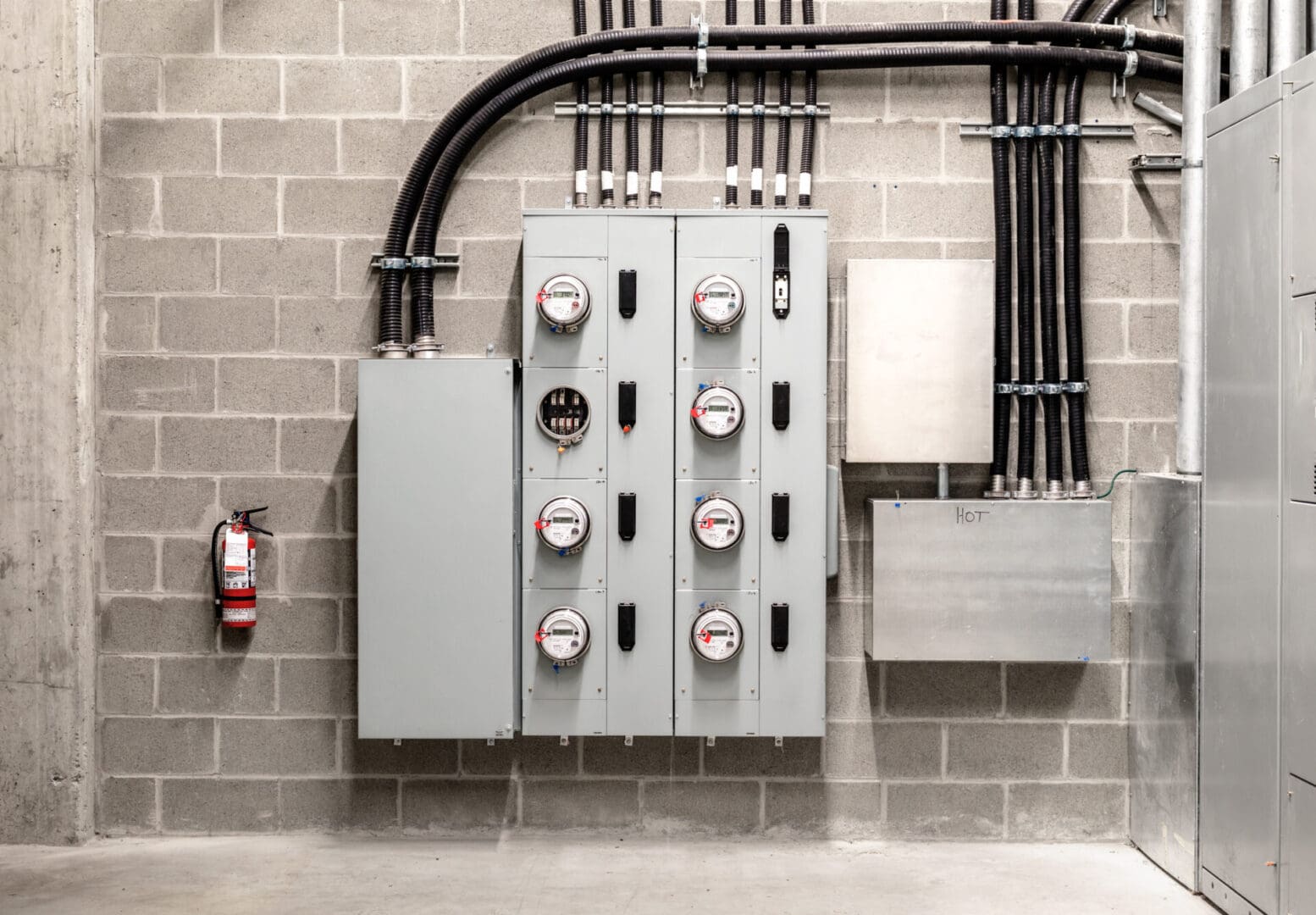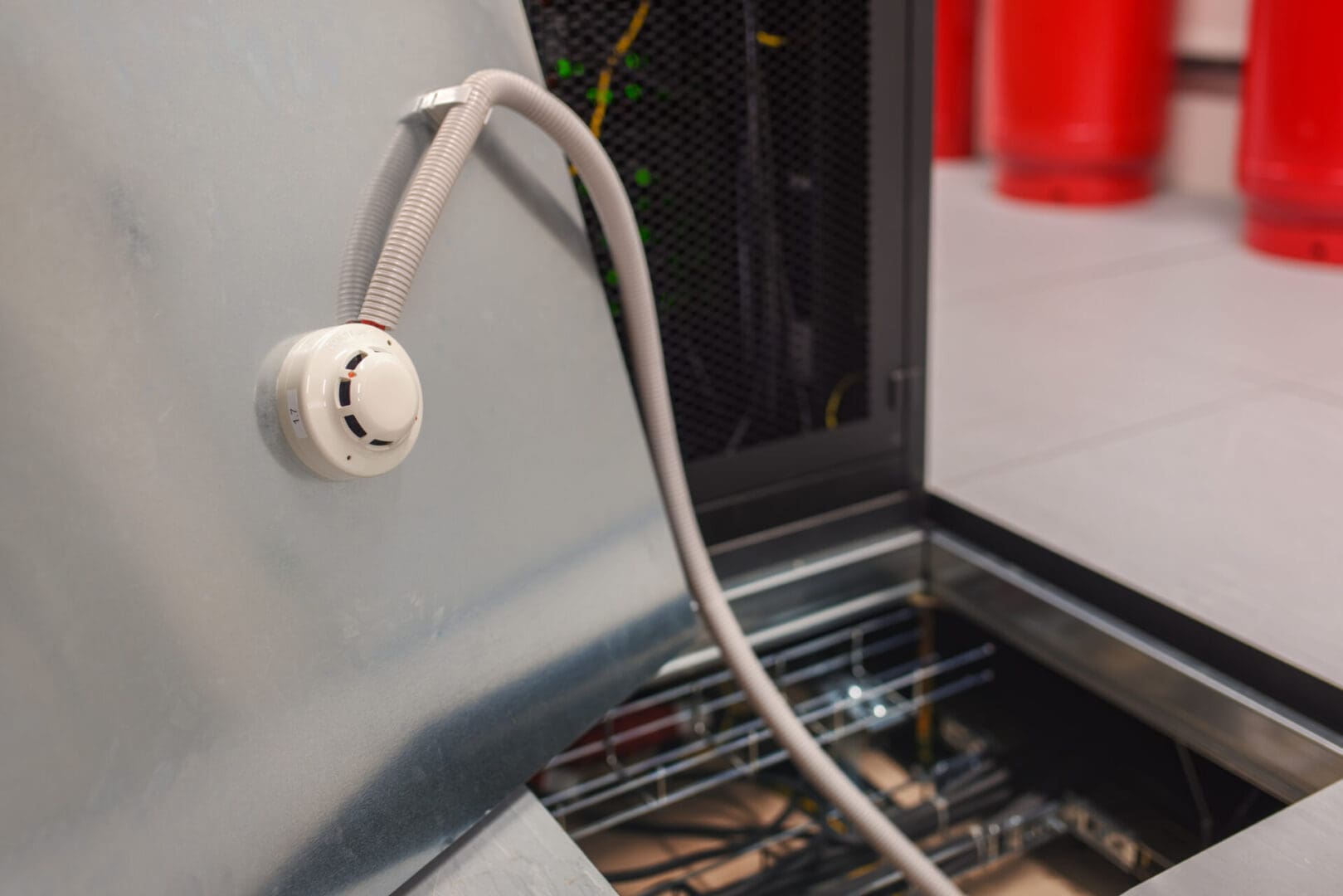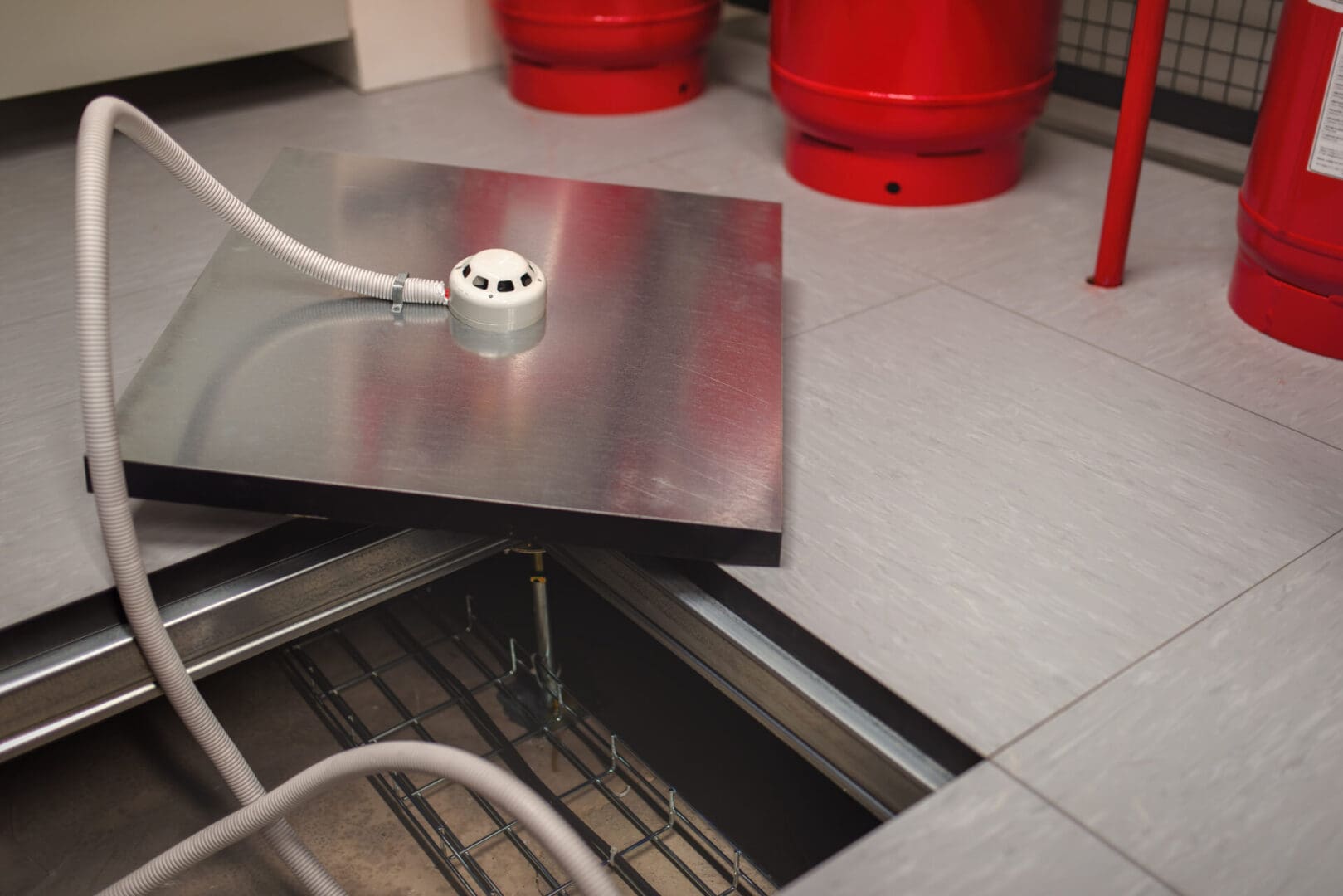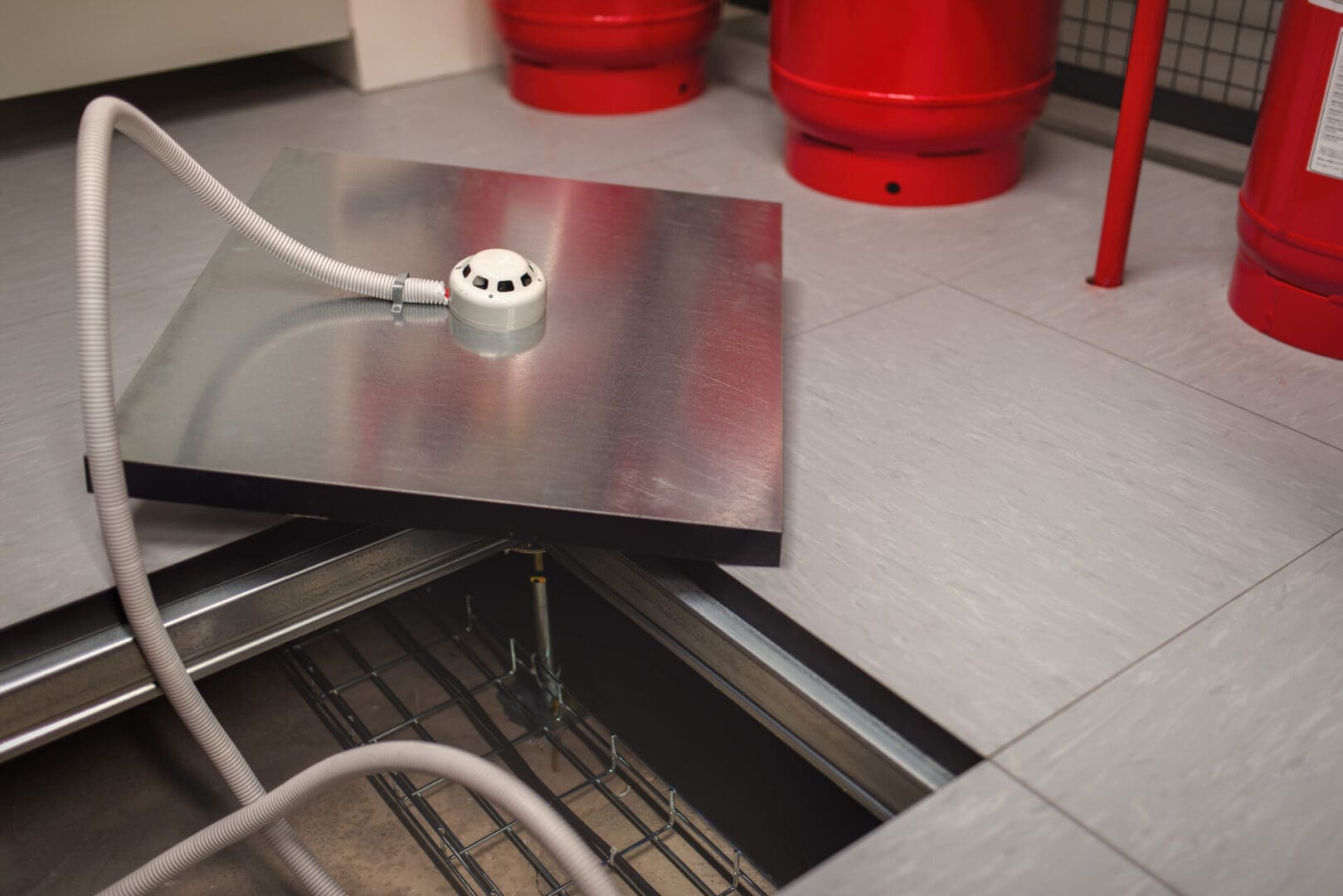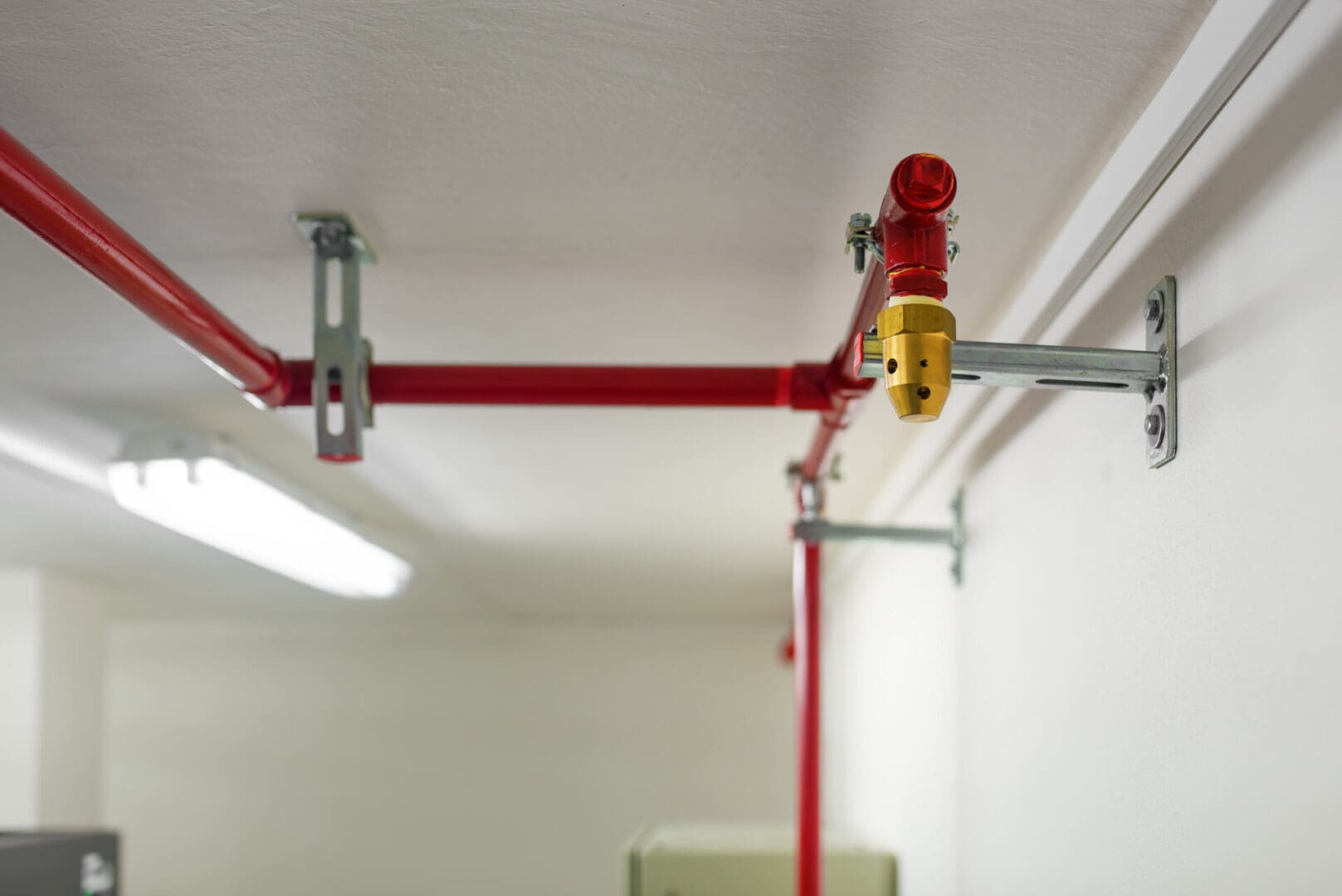SERVER ROOM
Server Rooms
Many organizations (and even some residences) have a server room that is built up to store computer servers and other equipment. These rooms may have been established as a result of a need for one, or they may have been intended intentionally for this purpose. In either case, a good server room creates an environment where computer equipment may safely operate in one spot, making networking and other tasks easier and more effective. Understanding how to set up and configure a server room correctly will aid in its creation and maintenance.
Server Racks in General
The Dimensions of a Server Room
Most individuals in the IT community perceive a server room to be a tiny space ranging from a few dozen to a few hundred square feet. A data centre is formed when a room becomes substantially larger than that and begins to contain computer equipment. A server room, on the other hand, can be nearly any size in terms of technical specifications.
Server rooms can also take on a variety of shapes. A server room was most often used for another function, such as storage, printing, or office space, in many cases. As a result, the room may be configured differently than usual. This is significant because it can have an impact on environmental planning, including airflow and cooling.
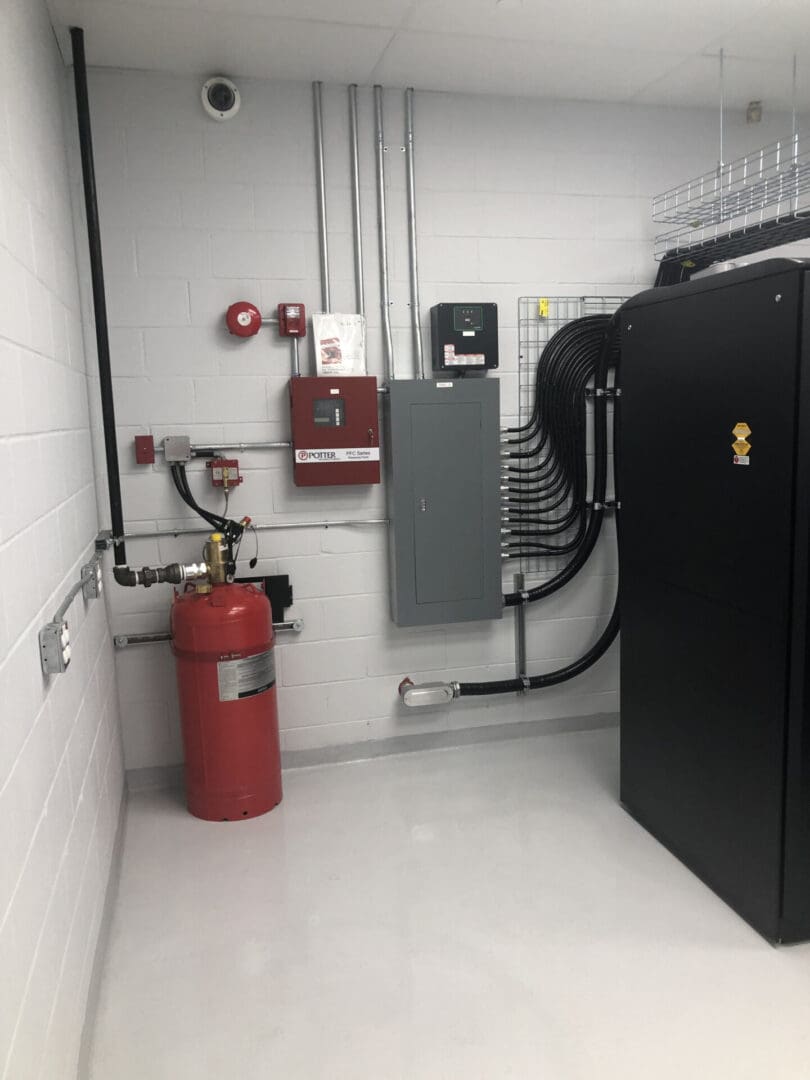
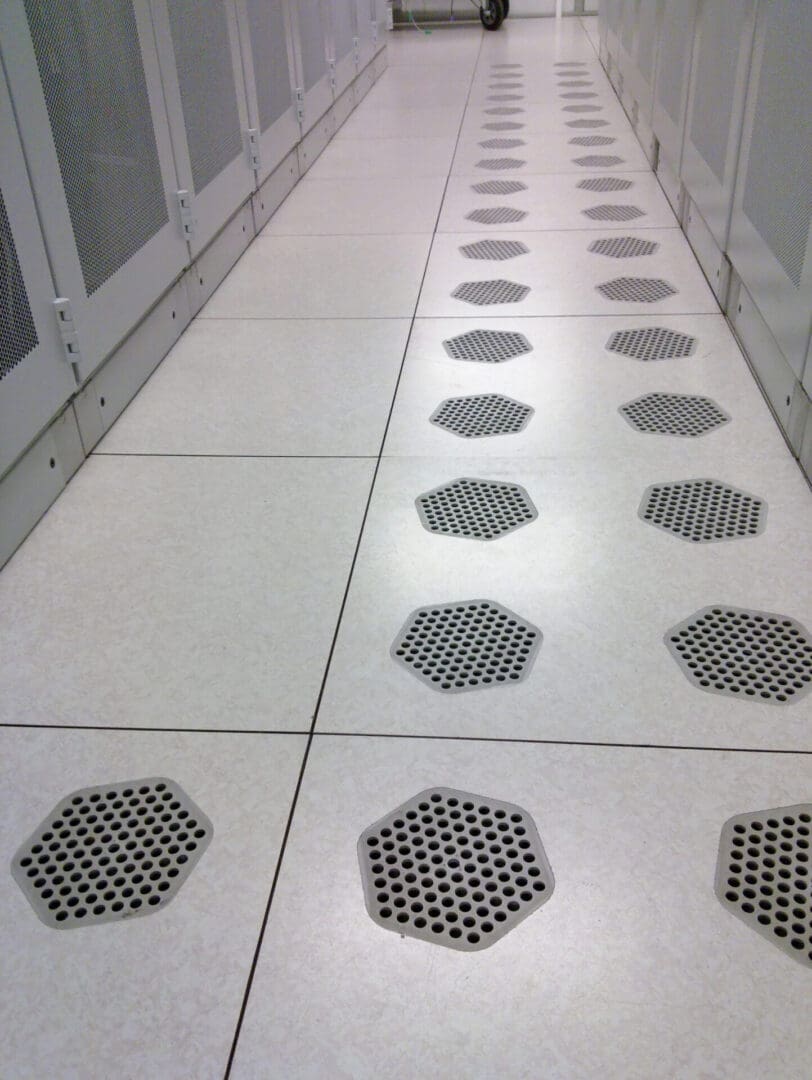
Aspects of a Server Room's Design that are Unique
When small businesses expand and require computer servers and other equipment, it is typical for them to designate a special area for them to be housed. In most cases, this will be a modest, temporary, out-of-the-way site that can only hold a limited number of equipment. The architecture of these "computer closets" isn't focused on keeping computer equipment running smoothly.
Certain factors must be in place when a corporation develops or upgrades an area to become a server room. You can prevent the complications that occur with a new server room by using a certain design. For technical equipment to function successfully, a server room must include some, if not all, of the following design elements:
Precise Environmental Control — A server room should have temperature and humidity sensors installed throughout the space. The environmental control systems should also be able to maintain the proper temperature across the room.
Airflow Planning - Computer servers and other equipment produce a lot of heat. A proper airflow plan prevents 'hot spots' by removing heat from the area before it can cause damage.
Fire Suppression System - You don't want to have to spray a server room with water if a fire breaks out. All of the equipment would be damaged by the water, ending in a massive calamity. This type of system is available in a variety of configurations, including Inergen, Novec, and FM-200. All of these are intended to put out fires while protecting computer equipment.
Server rooms can accumulate kilometres of cables if they are not properly managed. Avoid major messes by designing the area to allow cables to pass properly through the ceiling or beneath the floor.
Redundant Power Sources - Having redundant power sources is critical not just to ensure that the equipment is always up and running, but also to minimize power spikes that could damage the servers and other items in the room.
Physical Security — Server rooms store equipment worth hundreds, if not millions, of dollars. Furthermore, the data held in these rooms can be extremely important. It is critical to have the required physical security in place to keep it safe.
What Do You Put in a Server Room?
It's time to start installing the real equipment after a server room is physically set up and ready to go. Of course, depending on the needs of the organization that is building it up, each server room will have different things contained within it. The following are some of the things you'll find in today's server rooms:
Server Racks - Server racks are used to house the physical equipment within a server room. Physical protection, superior temperature management, and a variety of other advantages are all provided by these racks.
Cable management: velcro vs. zip ties
Computer Servers - Of course, servers will be housed in this area. These could be stand-alone servers, blade servers, or virtual server equipment. It's critical to properly house them all for them to function effectively.
Routers and switches — Routers, switches, and other networking equipment are required to send, receive, and route data into and out of the server room.
Network Cabling — Multiple types of network cabling, such as CAT-5 and fibre optic cables, are commonly seen in server rooms.
Cable Management Equipment - It is critical to secure cables in place beginning with the server rack and continuing down the cable path. Zip ties installed eyelets, and several other cable management products are used to guide and protect cables.
It takes a lot of effort to design or adapt a room to serve as a server room. When done correctly, however, it will provide your company with a centralized location where a wide range of equipment may be safely stored. It also makes managing the real computer equipment and software that runs your business much easier.
